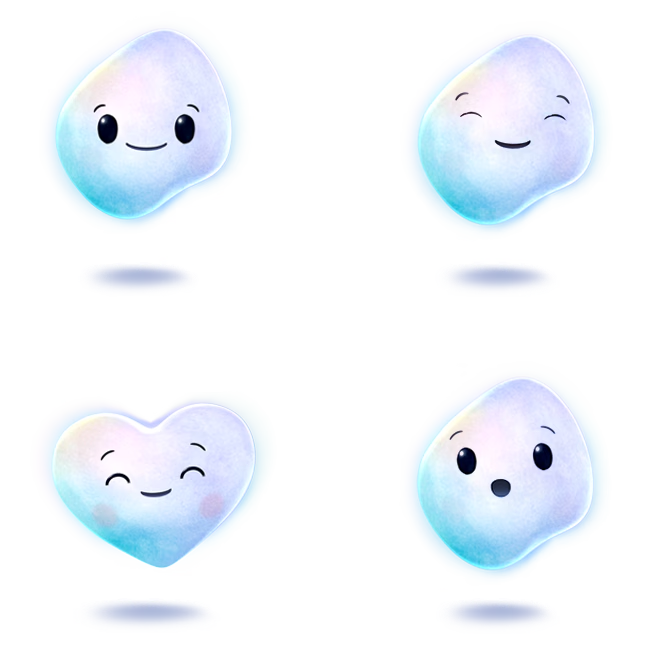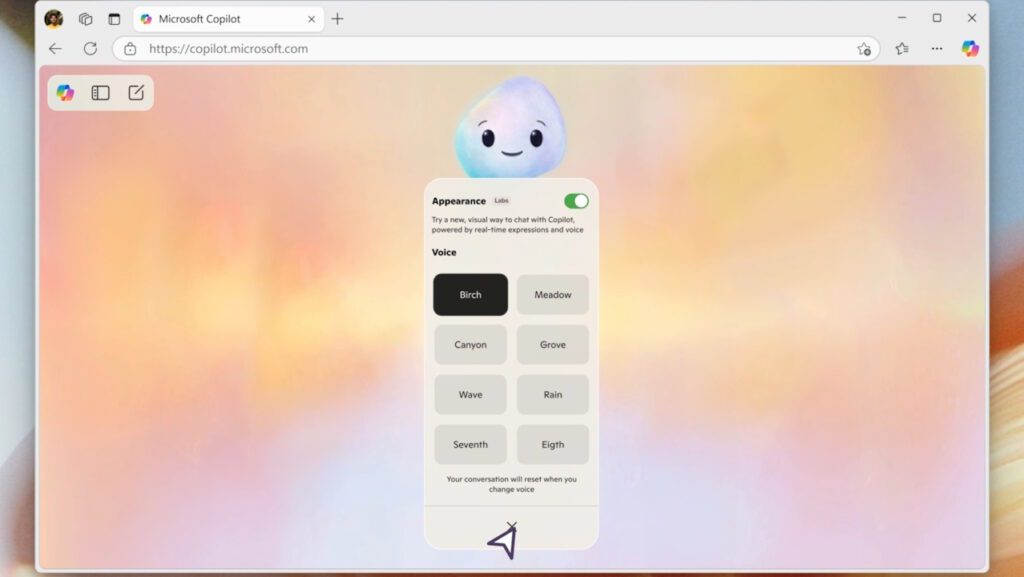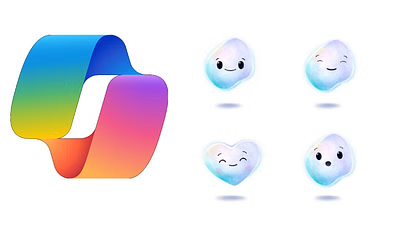
Microsoft has taken a significant leap in the evolution of digital assistants by introducing Copilot Appearance—a new feature that grants its AI-powered chatbot a visual avatar equipped with real-time expressions and non-verbal cues. This experimental update, available through Copilot Labs, transforms Copilot from a text-and-voice assistant into a more personable and engaging digital companion.
The visual avatar is designed as a friendly, emoji-inspired face that animates to reflect the tone and mood of interactions. Users can now observe Copilot reacting with smiles, nods, and other gestures—bringing a new layer of personality and empathy to AI interactions. The feature synchronizes the avatar’s facial expressions with the voice’s tone and pace, aiming to simulate a natural conversation for a smoother, more immersive user experience.
Key Features and Experience
- Real-Time Expressions: As users communicate via voice mode, the avatar mirrors emotional cues—smiling, showing surprise, and using subtle non-verbal signals.
- Conversational Memory: The avatar remembers previous interactions during a session, delivering responses with improved context and continuity.
- Personalization and Evolving Identity: Microsoft’s AI head, Mustafa Suleyman, envisions Copilot as a digital companion that evolves alongside the user, hinting at future enhancements like a “digital patina”—a sense of character development and aging over time.
- Simple Activation: Users can enable Copilot Appearance in the web version by toggling it under Voice Settings. Once active, engaging with Copilot becomes a visually-rich experience.
Availability and Rollout
Currently, this feature is accessible in early preview to select users in the United States, United Kingdom, and Canada via Copilot Labs for Copilot Pro subscribers. A wider release, including Windows and mobile apps, remains to be announced. This incremental approach allows Microsoft to refine the feature based on early user feedback and to address privacy and ethical considerations.
Industry Context
The launch follows a broader industry trend toward more lifelike AI avatars, echoing the legacy of Microsoft’s earlier digital assistant, Clippy. However, Copilot’s avatar is subdued and designed for utility, focusing on user comfort and accessibility rather than nostalgia alone.
Microsoft aims to make AI interactions more approachable, using visual communication to bridge gaps present in traditional text-based systems. With this update, Copilot is positioned not just as an assistant, but as a digital companion that can grow and adapt over time—potentially redefining how users perceive and interact with AI in daily life.
Microsoft’s introduction of an animated visual avatar for Copilot signals a transformative step in AI assistants, blending expressive human-like interaction with advanced AI capabilities. Here’s a deeper look into what this means for users and the broader digital assistant landscape.
What Makes the Copilot Avatar Unique?

- Real-Time Expressive Feedback
The Copilot avatar isn’t static—it displays a range of emotions (smiling, frowning, surprised, attentive) synchronized with the user’s spoken words and Copilot’s vocal tone. For instance, when a user asks a lighthearted question, the avatar may respond with a warm smile; if surprised or confused, its facial features update accordingly, creating a lively, interactive feel. - Non-Verbal Communication
Beyond words, the avatar utilizes non-verbal cues like nodding, blinking, and subtle head tilts. These gestures are crucial for bridging the “empathy gap” often present in digital conversations, helping users feel better understood and more connected. - Avatar’s Role in Conversation Flow
The real-time expressiveness enhances Copilot’s ability to carry on a natural conversation. The avatar’s movements reinforce Copilot’s responses, guiding users through complicated topics, offering encouragement, or simply making the experience less transactional and more supportive.
Personalization and the Concept of “Digital Patina”

- Evolving Identity
Microsoft, under the direction of Mustafa Suleyman, is exploring ways for Copilot’s avatar to gain a “digital patina”—a unique, evolving presence based on individual user interactions. Over time, this could involve subtle changes in appearance or behavioral traits, making each user’s Copilot feel distinct and familiar. - Conversational Memory
The avatar remembers session interactions, allowing Copilot to maintain context, reference earlier remarks, and provide consistency throughout each conversation. This memory improves the assistant’s ability to offer personalized suggestions, reminders, and support.
User Experience: Accessibility and Usability
- Simple Activation and Control
Users can easily turn on Copilot Appearance from within Voice Settings. The visual and voice features are tightly integrated—enabling seamless switching between text and voice modes as needed. - Approachability for All Users
The design emphasizes approachability, using soft animations and accessible colors to welcome users who may be new to AI tools or wary of overly robotic experiences. The avatar avoids uncanny, hyper-realistic features, opting instead for an emoji-like, friendly face.
Privacy, Ethics, and Feedback Loop
- Ethical and Privacy Considerations
As with all AI features, Microsoft is monitoring feedback regarding privacy, user comfort, and potential misuse. The feature has launched in select geographies and user segments to collect early inputs before broader rollout. - Ongoing Improvements
The phased release lets Microsoft address concerns, introduce new customization options, and adjust the avatar’s responsiveness based on feedback.
Where Does Copilot Stand in the Digital Assistant Landscape?
- Comparison to Clippy and Industry Peers
While reminiscent of Microsoft’s nostalgic Clippy, Copilot’s avatar is purpose-built for modern needs—subtle, respectful of user experience, and actively designed to make AI more human-centric. - Trend-Setting
Microsoft’s move reflects broader industry trends toward anthropomorphic AI, as seen in efforts by competitors to infuse more emotion, visual cues, and even humor into digital agents.

The addition of a visual avatar represents more than a cosmetic update; it’s a bid to make AI genuinely relatable, trustworthy, and indispensable for users across work and life. As Copilot continues to develop its visual presence and memory, it’s likely to influence the expectations users have for all future AI companions.

Leave a Reply